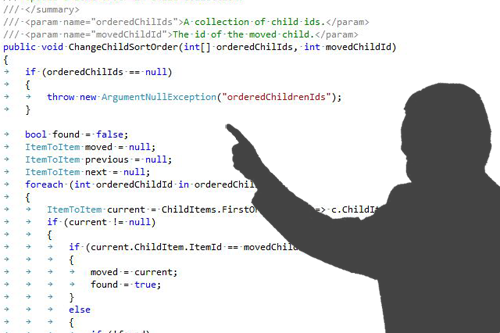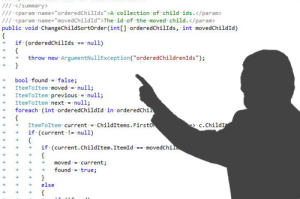Technical test analysts have a role in defining, applying, and maintaining design and code review checklists. Why are checklists important? For one thing, checklists also serve to ensure that the same level and type of scrutiny is brought to each author’s work. There can be a tendency of review participants to defer to a senior person, and thus that person’s work, when in fact everyone is fallible and we all make mistakes. Conversely, a less-senior or more-insecure person might feel threatened by the review. Regardless of the individual author and his or her skills, there is nothing personal about locating potential problems and improvements for their work from a checklist. The checklists serve as a valuable leveling and depersonalizing tool, both factually and psychologically.
More importantly, though, checklists serve as a repository of best practices—and worst practices—that can help the participants of a review remember important points during the review.
Use of Checklist makes task easy for the participants it frees them from tension of the issues or mistakes they made in past.
Also, checklist provides general patterns or may be some anti-patterns to participants by allowing them find out weather a particular item is important enough to be considered for their project or not.
While there are many useful examples of checklists for various kinds of work products,
some of which we’ll present below, you should plan to maintain and evolve your
organization’s checklists over time. For example, the study of defects found in testing
and in production can reveal that some of these defects could have been found during
an earlier review, had the checklist contained appropriate items to look for.
So, using checklist makes task easier for the testers.
Finally,While checklists are very useful, there is a risk with checklist that weather the product we build is right or not?
This is the case as I have written in my previous article of Difference between Verification and Validation.
Verification—-> it checks weather we are building product right??
Validation——>it checks weather we are building right product ??
Always Remember to think outside of the checklist to look at whether the
product will actually solve the end users’ problems.





8 Comments. Leave new
gud one..
Simple and quite understandable…
Nice article..!
Your presentation in soo good.. Simple and understandable.. Good job!!
Very nice!
well presented 😀
(y)
great…